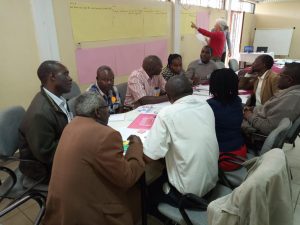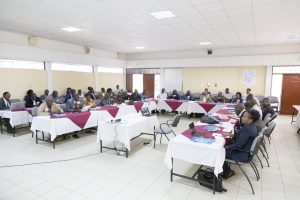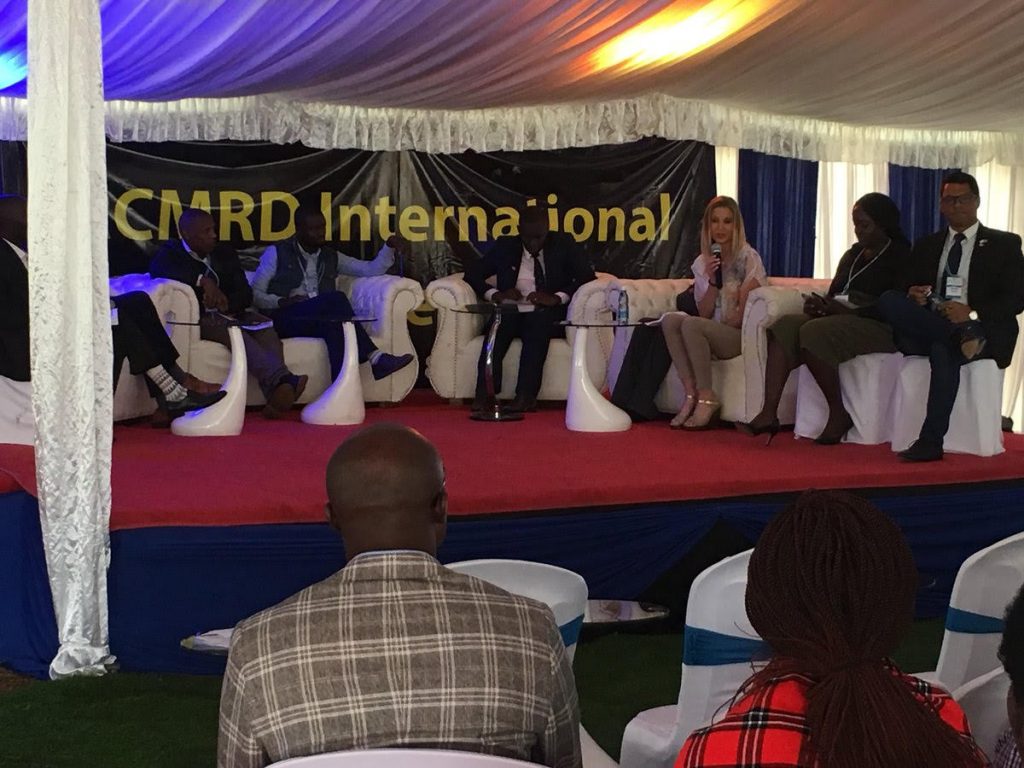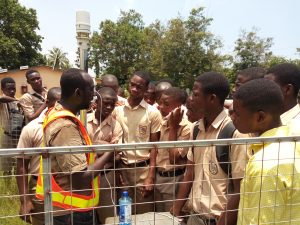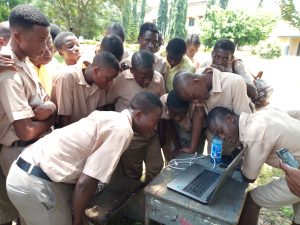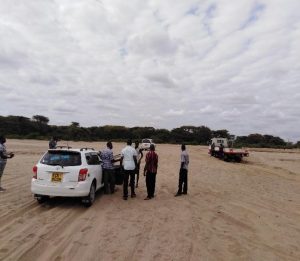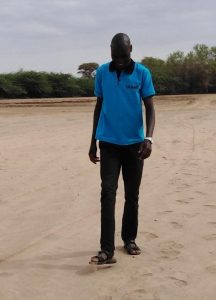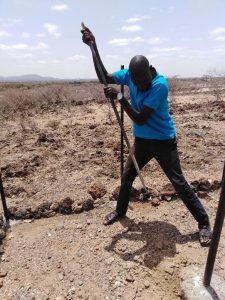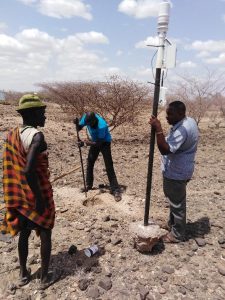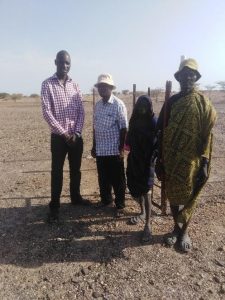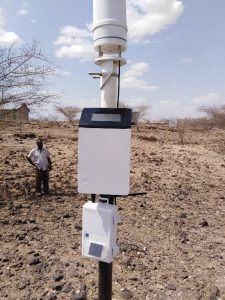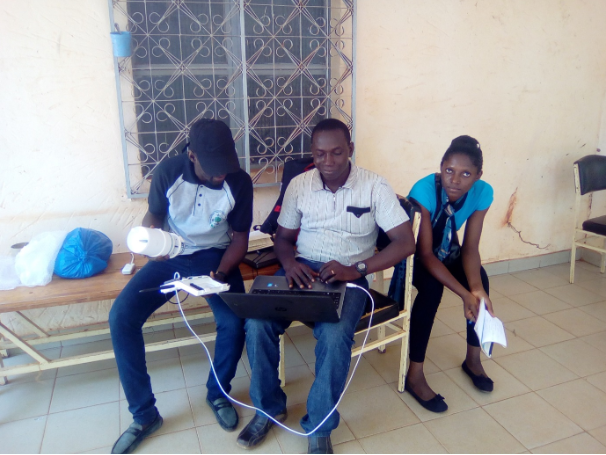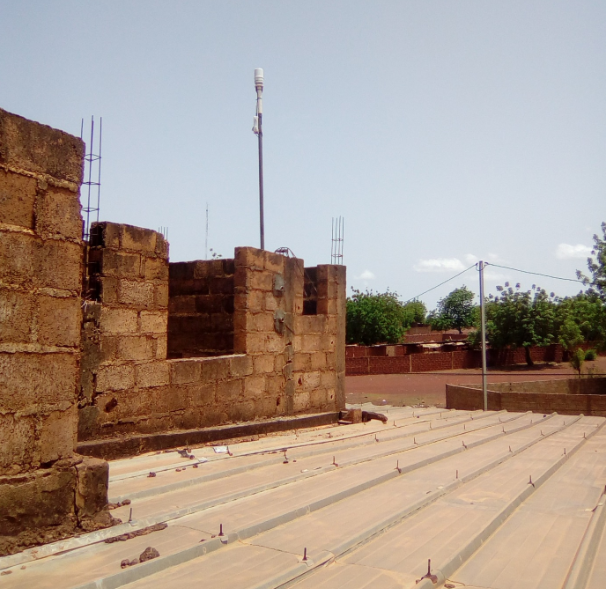TAHMO hosted two workshops on user engagement one for the TAHMO internship and the other for users of the data on the 25th and 27th of August respectively. On the internship workshop, 18 graduates who recently joined our TAHMO internship program attended an induction meeting held at KMD, hosted by Gilbert and also facilitated by Frank( TAHMO CEO) and David Mburu (Director of Training school at KMD). Dirk V.O. Lubbe and Els Veenhoven also contributed to the workshop.
It was an opportunity for interns to know how TAHMO operates, the challenges we want to solve, and how they would be involved. The internship program will challenge participants to solve a wide range of problems in the meteorological industry – from mapping users’ needs, big data management, station network management, school-to-school programs, and the development of business with weather data. I am looking forward to reading lots of stories about what each one of them will be doing.
Follow what the interns are up to on the link: https://sites.google.com/view/tahmointernship

